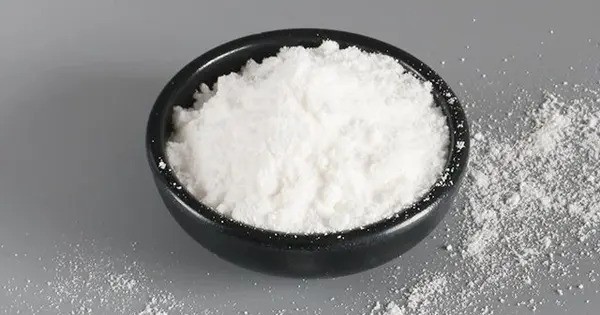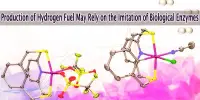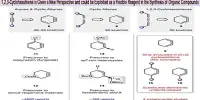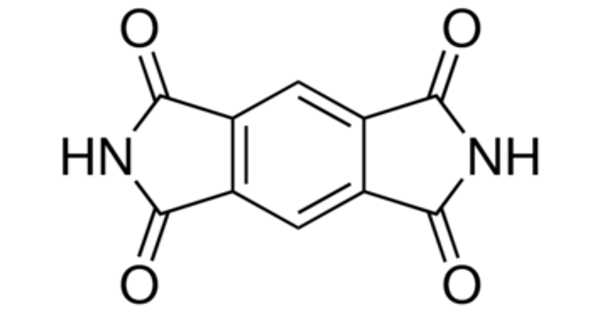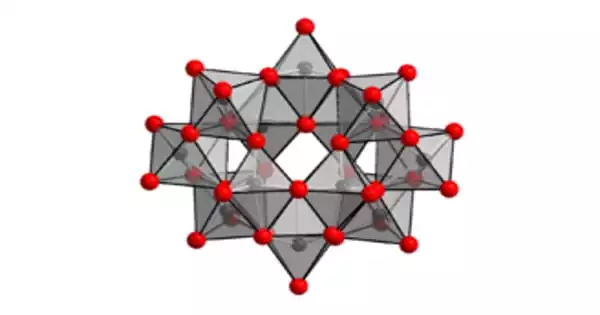Calcium nitrite is an inorganic compound with the chemical formula Ca(NO2)2. In this compound, as in all nitrites, nitrogen is in a +3 oxidation state. It has many applications such as antifreeze, rust inhibitor of steel and wash heavy oil. It is commonly used in the construction industry, especially as a corrosion inhibitor for steel in reinforced concrete.
Properties
At room temperature and pressure, the compound is an odorless white or light yellowish powder. It is freely soluble in water with a density of 2.26 g/cm3. Its melting point is of 390 °C and it is stable under ordinary conditions of use and storage. It is also characterized for its strong oxidizing character, which arises from the nitrite anion.
Properties
- Chemical formula: Ca(NO2)2
- Density: 2.26 g/cm3
- Melting point: 390 °C (734 °F; 663 K)
- Molar Mass: 132.09 g/mol
- Appearance: White to yellowish crystalline solid
- Solubility: Highly soluble in water
- Density: ~2.26 g/cm³
- Melting Point: Decomposes before melting (around 390 °C)
- pH (in solution): Slightly alkaline (typically pH 6–8)
- Odor: Odorless
- Stability: Stable under normal conditions, but can be oxidized
- Toxicity: Moderate; harmful if ingested in large amounts
Natural Occurrence
- Calcium nitrite does not occur naturally in significant quantities.
- Nitrites in general are intermediates in the nitrogen cycle, but calcium nitrite is a man-made chemical.
Industrial Production
- Produced by neutralizing nitrous acid (HNO₂) with calcium hydroxide or calcium carbonate.
- Alternatively, can be prepared by reacting calcium nitrate with sodium nitrite in solution, followed by crystallization.
Common Uses
- Corrosion Inhibitor: Prevents rebar corrosion in concrete structures by forming a passive oxide layer on steel.
- Concrete Admixture: Acts as an accelerator for cement hydration, particularly in cold weather.
- Fertilizer (limited use): Supplies nitrogen to plants, but not widely used due to nitrite toxicity.
Safety and Handling
- Can be an oxidizer and should be kept away from reducing agents and combustibles.
- Nitrites can cause methemoglobinemia if ingested in large quantities (especially dangerous for infants and animals).
- Appropriate PPE (Personal Protective Equipment) such as gloves and goggles should be used when handling.
